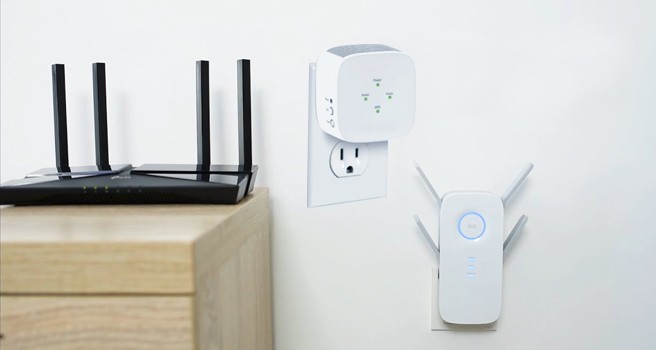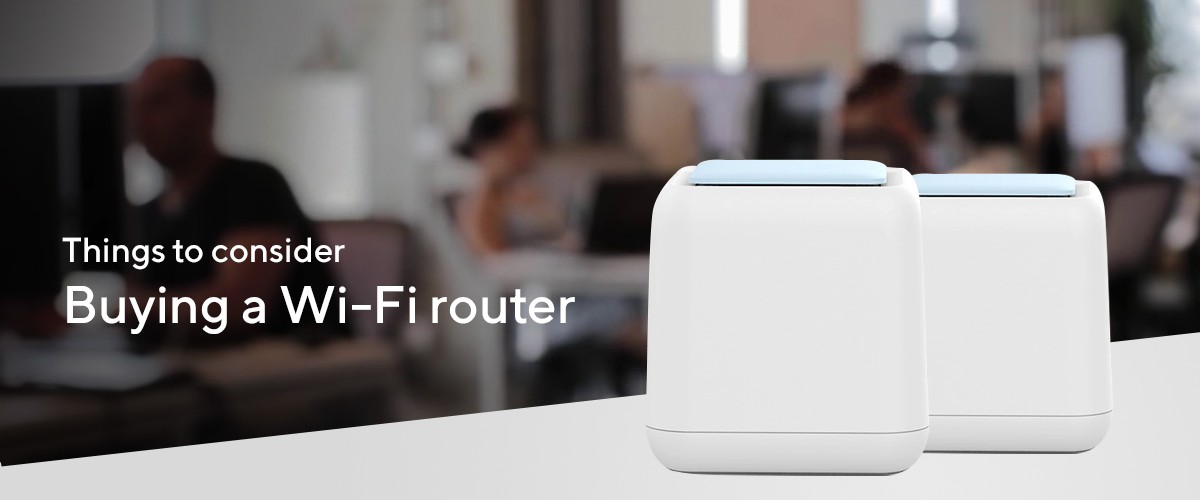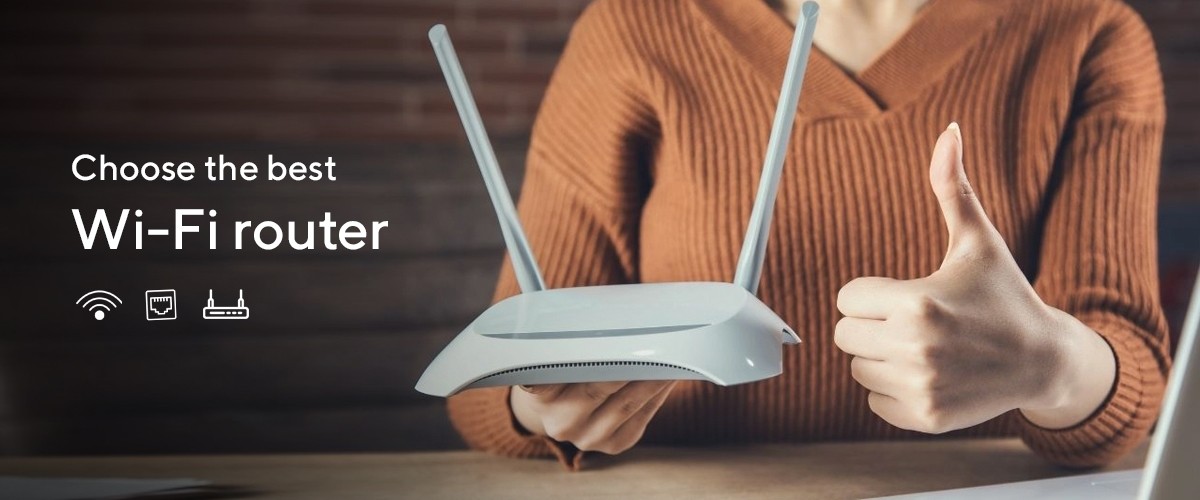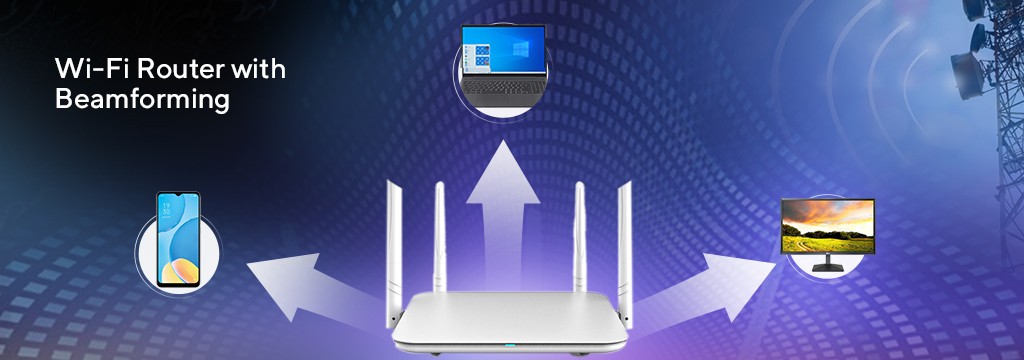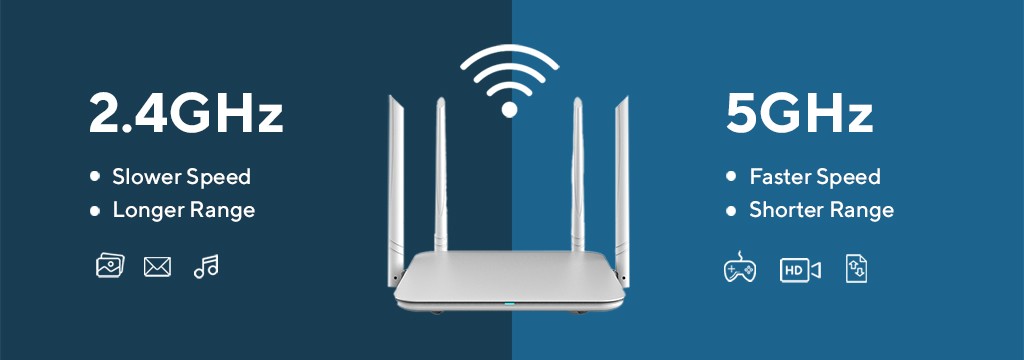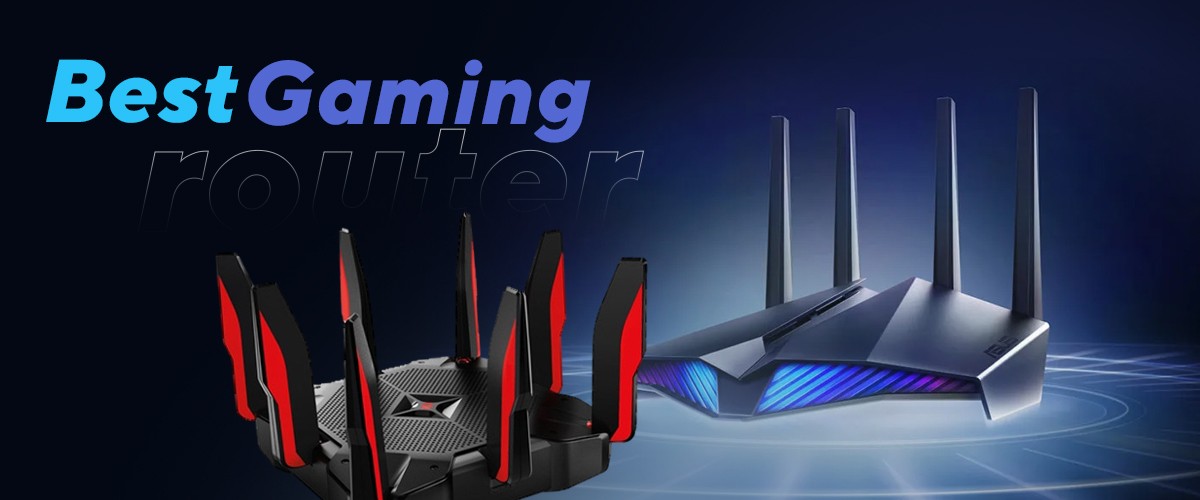The more smart home devices we have, the more burden we place on our modem to offer consistent connectivity – no matter where the gadget is located. Wi-Fi extenders and Wi-Fi repeaters are two solutions for this connectivity issue, both of which help improve the connection of your wireless devices in your home. Understanding what each one performs and how to get the type of Wi-Fi boost you require is all a question of knowing what’s currently in your environment.
What is a Wi-Fi extender?
A Wi-Fi extender is a gadget that extends the range of your existing wireless connectivity in your home to cover more locations. A Wi-Fi extender must be on the same network as the home’s Wi-Fi network to connect to it, and it is commonly connected via a wired connector, such as an Ethernet cable.
While newer kinds of Wi-Fi extenders don’t necessarily need to be in the same room as the router, it’s still a good idea to do so. You may then transfer the extender to the spot where you want a stronger Wi-Fi signal once it’s been set up and connected.
To extend your Wi-Fi connections, many Wi-Fi extenders are connected to an outlet in your home.
What is the purpose of Wi-Fi extenders?
They’re usually used to help provide service to dead zones in a house caused by structural challenges like concrete walls or rooms far away from your home router.
However, the Wi-Fi extender must maintain a strong connection to your home router at all times. If the signal from an extension starts to fade, you’re out of range of the router and won’t be able to connect to your devices.
What is a Wi-Fi Repeater?
A Wi-Fi extender is a gadget that connects to an outlet in an area of your home where your wireless connection or signal is poor. On the other hand, a Wi-Fi repeater acts as a relay system for your wireless internet connection.
The Wi-Fi Repeater connects to your home Wi-Fi network and rebroadcasts the signal to a greater region within your home. In most cases, you’ll need to re-configure the wireless settings on a device to make it connect to the repeater rather than your router. Some repeaters will additionally require an ethernet wire to connect devices to the repeater.
A Wi-Fi repeater is less expensive and requires less setup than a Wi-Fi extender. You can’t put a Wi-Fi repeater near a device that creates radio waves or microwaves, though, because these electromagnetic waves would interfere with the wireless signal.
What is the purpose of a Wi-Fi repeater?
A Wi-Fi Repeater copies your existing Wi-Fi network and produces a new one. This is the network your devices will connect to access the internet. In addition, having too many repeaters in your home will reduce the bandwidth of your Wi-Fi network and slow down your wireless connection.
Extending your wireless internet connection with Wi-Fi extenders and repeaters is possible, but they work in different ways. A Wi-Fi extender does not build a new network for connectivity; rather, it expands an existing one without reducing bandwidth output. In contrast, a Wi-Fi repeater rebroadcasts your signal and establishes a new network connection. Depending on the number of repeaters, that additional connection may influence the bandwidth of your signal.
Which is the best option for your home?
Make sure you choose a path that not only meets your connectivity demands but is also safe and economical when you design your own connected home and discover dead zones. A repeater or extender may be an excellent alternative if you’re a tenant. Because your walls are open and smart switches and outlets that work as Wi-Fi repeaters or extenders are easier to install, you might want to explore smart switches and outlets that are easier to install if you’re a house owner.
 Free Express Shipping
Free Express Shipping



